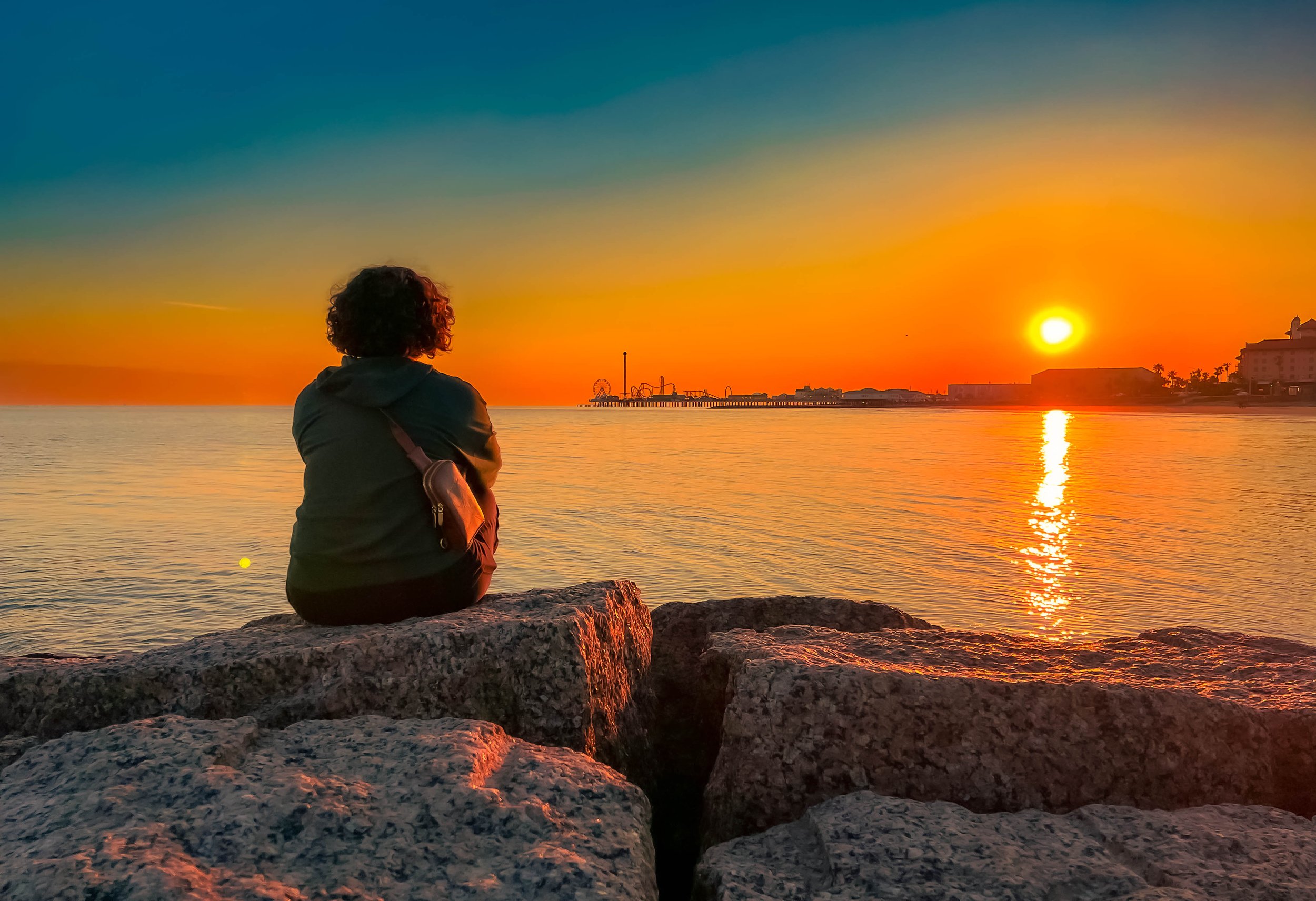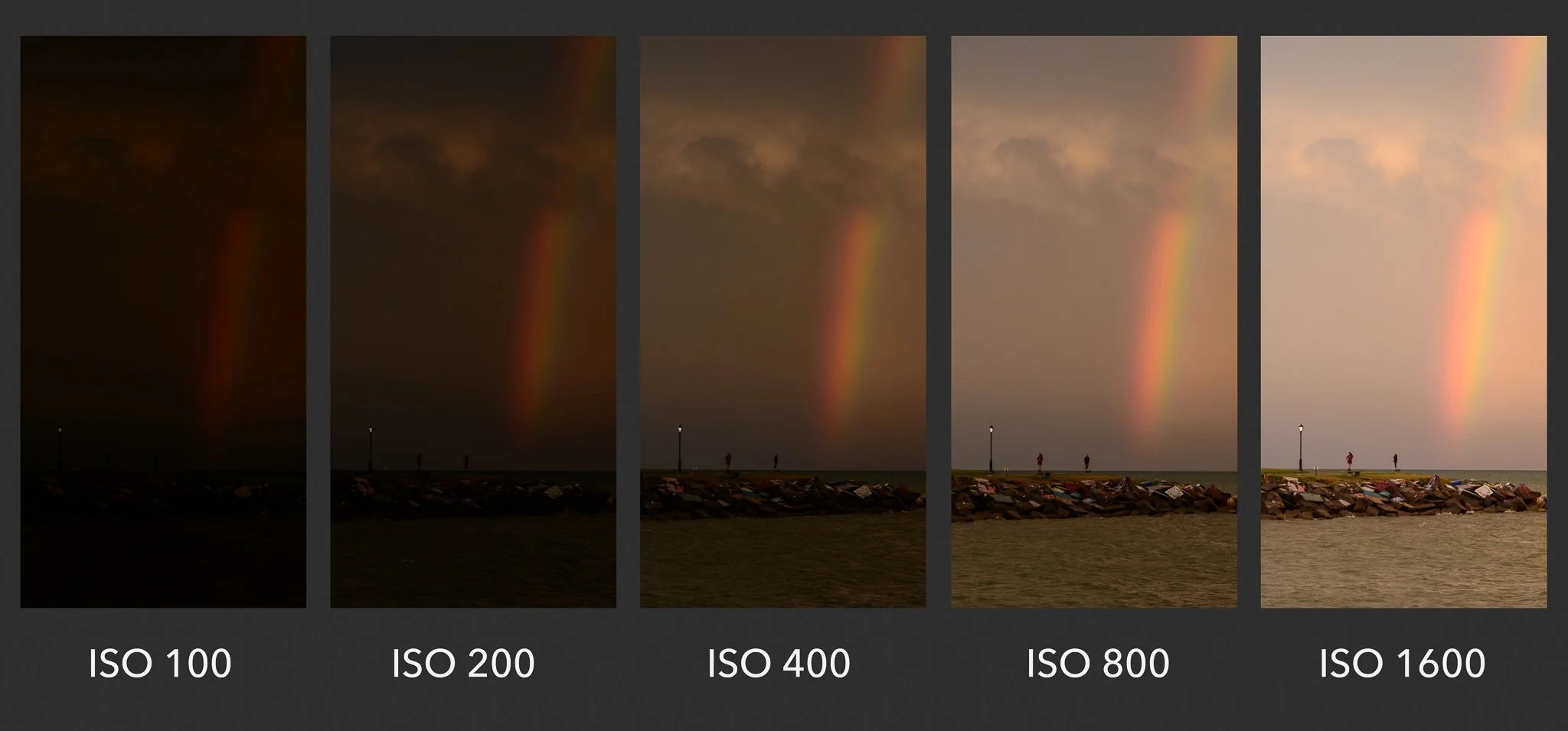![What It's Like When You're Shooting With The Wrong Film]()
My first time shooting film, I bought a couple rolls each of some of the most affordable 35mm film: Fujinon Superia X-tra 400 and Kodak Colorplus 200.
When I went to the Houston Rodeo, I thought it would be fun to shoot the carnival at night, so right as we were leaving the concert at about 9:00 that night, I loaded up the Kodak ColorPlus 200 and wandered through the grounds.
If you don’t know, one of the major things about how this film shoots has to do with that number, 200. That means it has an ISO number of 200 (ISO means “International Organization for Standardization,” which does not matter, but just in case you thought it might be a handy anagram, it is not). The number refers to its light-gathering ability - a very low number would be 100 ISO, which would be for shooting outdoors in bright daylight, a very high ISO would be 6400 ISO, which would be for trying to shoot useful images at night.
Above is a good example of the visual difference from a useful Photography Life article about the subject.
If you’ve been paying attention, you might have noticed that this story involves me a) shooting at night and b) using a low-ISO film, and if you’ve collected all of those pieces together you might be thinking “boy, that seems like exactly the wrong sort of film for shooting a carnival at night!” and you would be correct.















































































